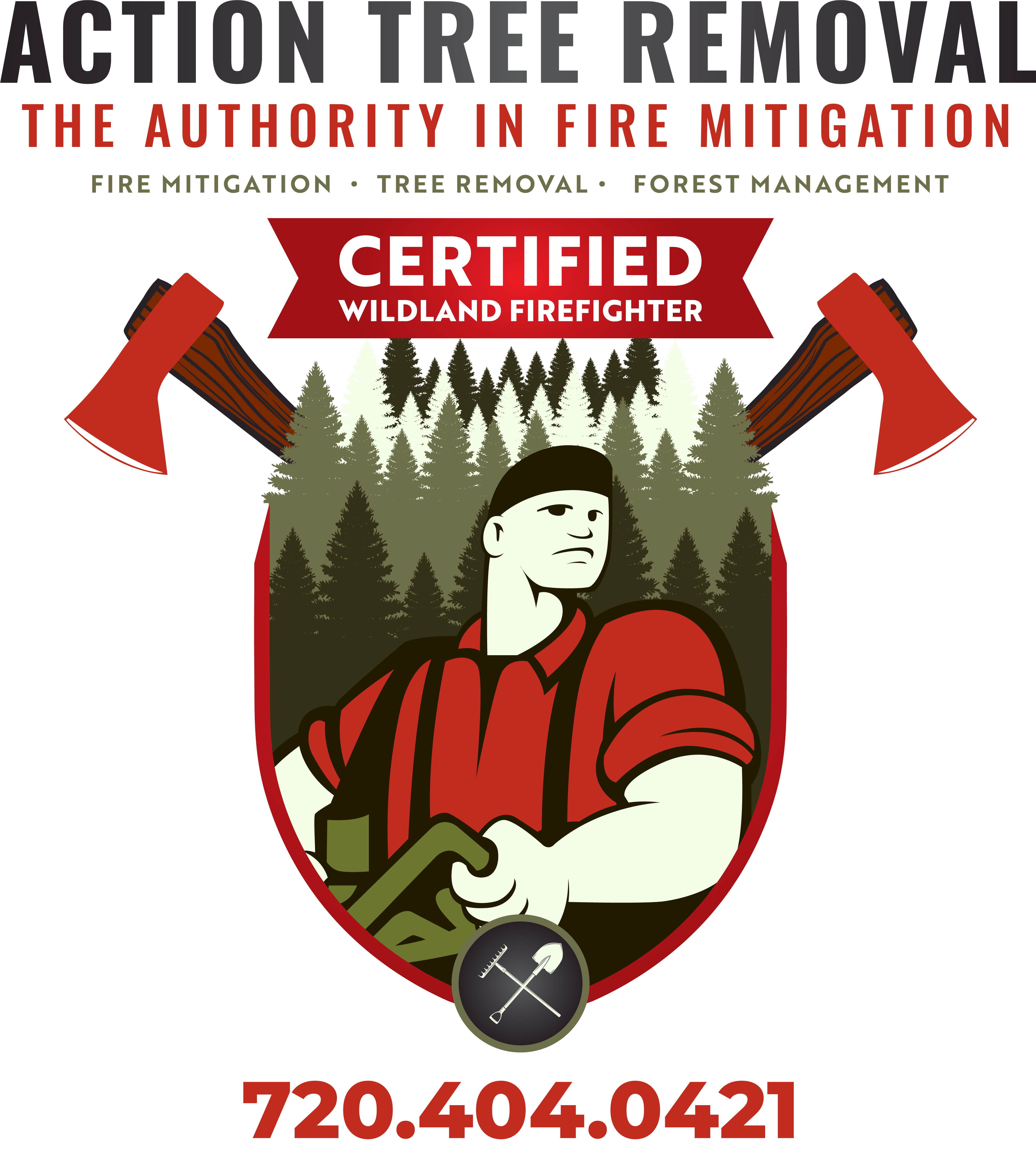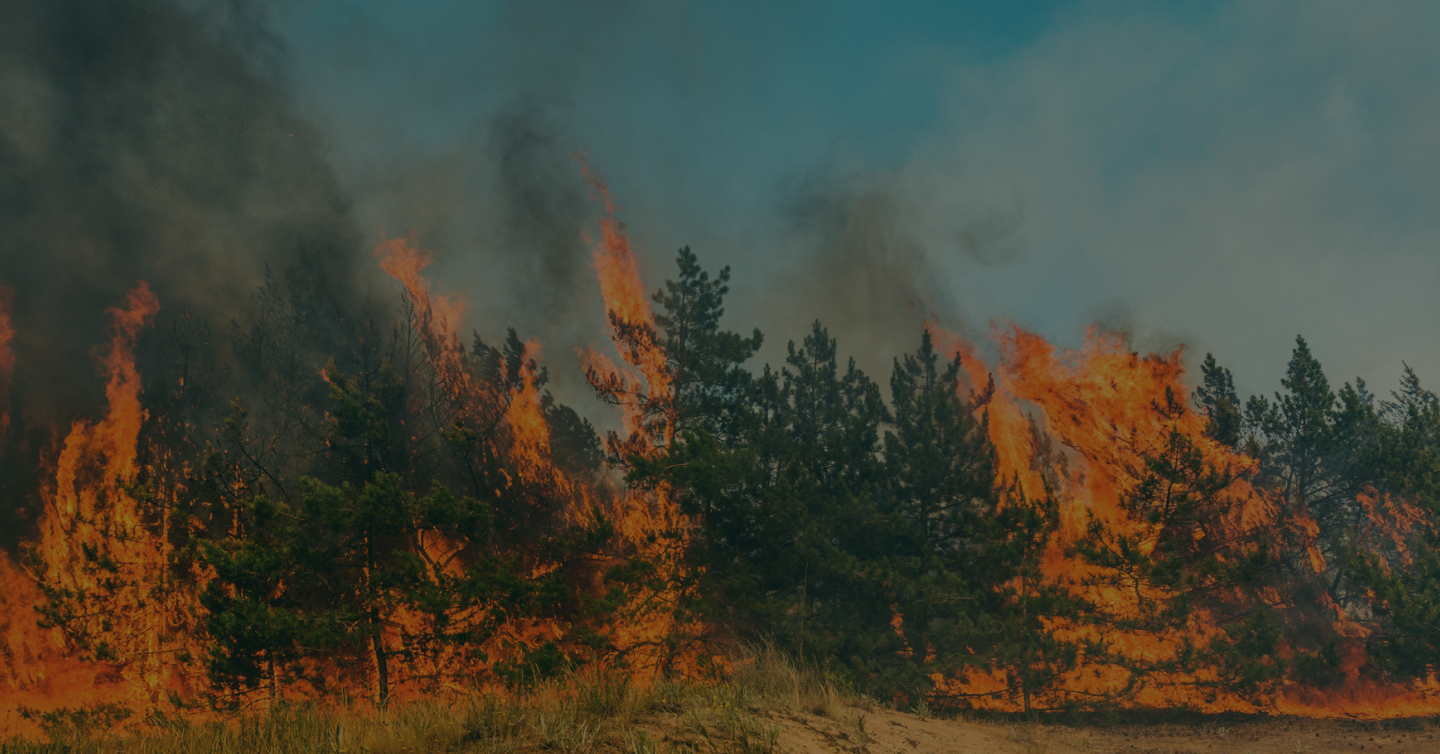In recent years, wildfires have become increasingly prevalent and severe, posing significant risks to both human lives and natural ecosystems. Climate change, prolonged droughts, and human activities have contributed to the rise in the frequency and intensity of these devastating events.
From densely forested areas to grasslands and even suburban neighborhoods, no region is immune to the threat of wildfires. Understanding the gravity of the situation is crucial in taking proactive measures to protect ourselves, our communities, and the environment.
Living in wildfire-prone areas demands a heightened focus on fire safety and preparedness. These regions are characterized by a combination of dry conditions, abundant vegetation, and often strong winds, creating an ideal environment for wildfires to ignite and spread rapidly. By prioritizing fire safety and preparedness, we can significantly reduce the potential risks, protect our homes, and ensure the safety of our loved ones.
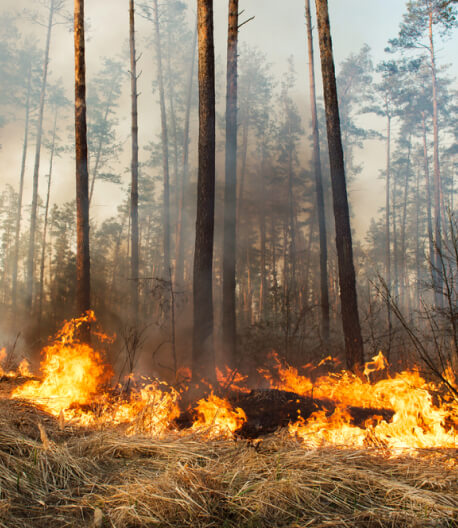
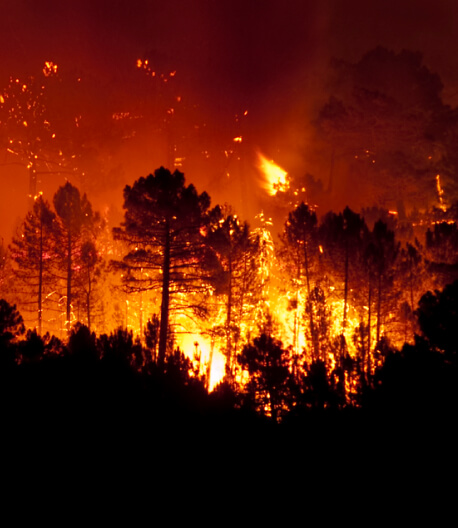
Understanding Wildfires
Wildfires, also known as forest fires or bushfires, are uncontrolled and rapidly spreading fires that occur in vegetation-rich areas. They can encompass various types of ecosystems, including forests, grasslands, and shrublands. Wildfires are typically characterized by their ability to spread quickly across vast areas, driven by the combustion of vegetation and other flammable materials.
The causes of wildfires can be natural or human-induced. Natural causes include lightning strikes, volcanic activity, and spontaneous combustion. However, a significant portion of wildfires is human-caused, arising from activities such as discarded cigarettes, unattended campfires, equipment malfunctions, and intentional acts of arson. Human activities account for a substantial portion of wildfire occurrences worldwide.
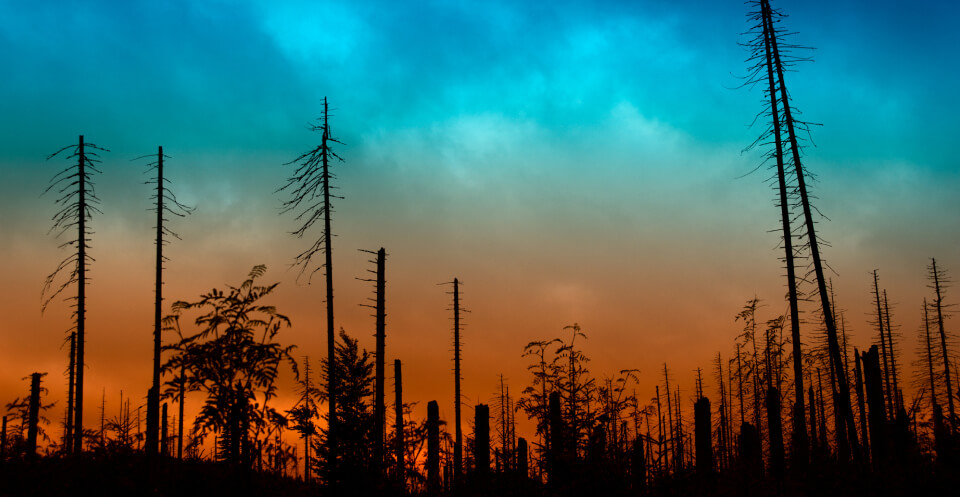
Factors Contributing to The Spread and Intensity Of Wildfires
Several factors contribute to the spread and intensity of wildfires, amplifying their potential impact:
- Weather conditions: Hot and dry weather, low humidity levels, and strong winds create an environment conducive to rapid fire spread. Dry vegetation and drought conditions act as fuel, enabling fires to propagate more easily.
- Fuel availability: The abundance of flammable materials, including dead vegetation, fallen leaves, dry grass, and dense forests, provides ample fuel for wildfires. This fuel load significantly influences the intensity and duration of fires.
- Topography: Mountainous terrain, canyons, and steep slopes can affect fire behavior and spread. Fires tend to move more rapidly uphill due to increased wind speed and heat, making containment efforts challenging.
- Fire history: Areas with a history of past fires may have accumulated vegetation that is prone to igniting. This can create a cycle of repeated fires and increased fire intensity over time.
Impact Of Wildfires on Lives, Property, and the Environment
Wildfires can have severe and far-reaching impacts:
- Human lives: Wildfires pose direct risks to human lives, endangering residents, firefighters, and emergency responders. Smoke inhalation, burns, and the destruction of infrastructure can lead to injuries, fatalities, and long-term health effects.
- Property damage: Wildfires can cause extensive damage to residential and commercial structures, resulting in financial losses and displacement of individuals and communities. Embers carried by the wind can ignite homes and other structures even at a distance from the primary fire front.
- Environmental consequences: The environmental impact of wildfires is significant. They contribute to deforestation, loss of wildlife habitats, soil erosion, and air pollution due to smoke and ash. These effects can disrupt ecosystems, harm biodiversity, and have long-term consequences for the environment.
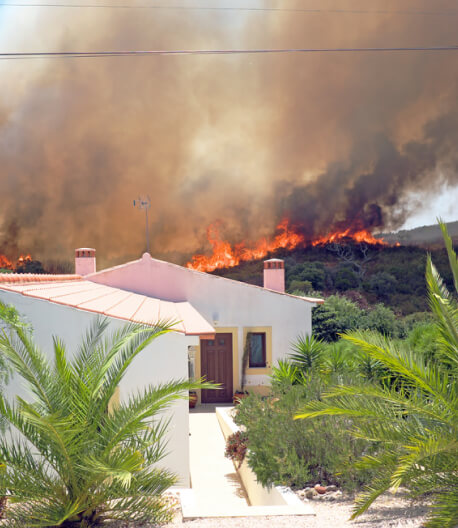
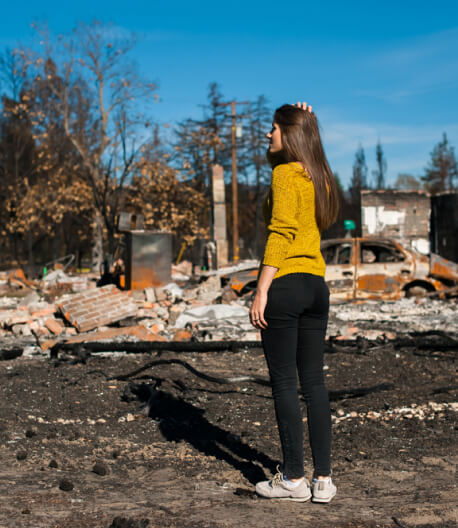
Wildfire Safety Tips for Homeowners
Creating a Defensible Space
Clearing Vegetation And Debris Around The Home
Remove dead leaves, dry grass, fallen branches, and other flammable debris from at least 30 feet around the house. Pay special attention to areas near windows, vents, and gutters.
Maintaining A Safe Distance Between Structures And Flammable Materials
Ensure a minimum distance of 5 feet between the home’s exterior, including walls, decks, and fences, and flammable materials such as firewood piles, propane tanks, or shrubs.
Hardening Your Home
Choosing Fire-Resistant Building Materials
Select fire-resistant materials for roofing, siding, and decking. Opt for materials like metal, concrete, or fire-resistant treated wood that can withstand ember showers and resist ignition.
Installing Ember-Resistant Vents And Screens
Cover vents, eaves, and soffits with 1/8-inch or smaller metal mesh screens to prevent embers from entering the home. Use ember-resistant vents designed to resist ember intrusion and reduce the risk of ignition.
Establishing an Emergency Evacuation Plan
Identifying Evacuation Routes and Meeting Points
Familiarize yourself with multiple evacuation routes from your area and establish meeting points for family members. Choose safe locations away from the fire’s path.
Preparing A “Go Bag” With Essential Items
Pack a “go bag” with important documents, medications, clothing, food, water, flashlights, batteries, and a portable weather radio. Keep it readily accessible in case of an evacuation order.
Maintaining a Fire-Smart Landscape
Using Fire-Resistant Plants and Landscaping Techniques
Select fire-resistant plants that are less likely to ignite, produce minimal flammable debris, and have low resin or sap content. Create well-spaced, fire-resistant landscaping zones using gravel, stone, or non-combustible materials.
Properly Managing Trees, Shrubs, And Vegetation Near The Home
Prune tree limbs that are within 10 feet of the home and remove dead branches. Maintain a vertical clearance of at least 6 feet between the ground and the lowest branches of trees. Keep shrubs and other vegetation trimmed and away from windows and vents.
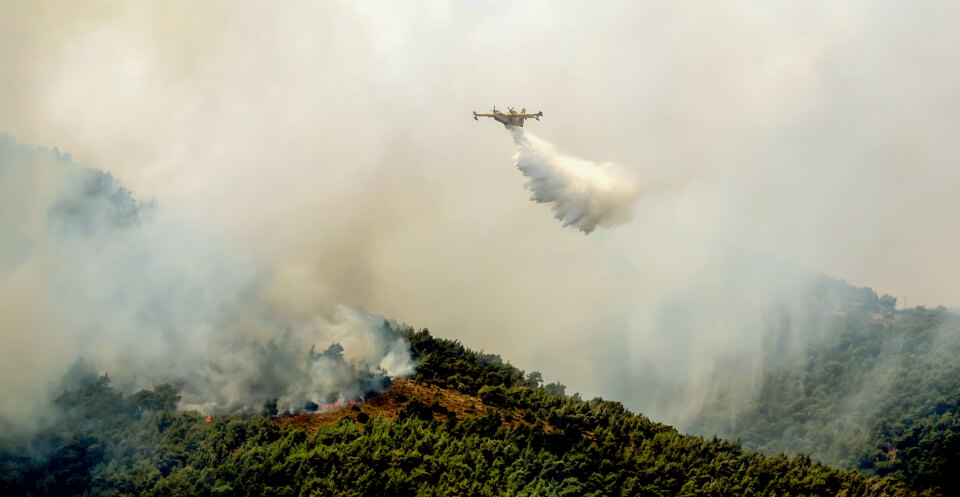
Personal Safety and Preparedness
Staying Informed
Monitoring Local Fire Conditions and Warnings
Stay updated on the latest information regarding fire conditions, weather forecasts, and wildfire warnings in your area. Follow local news, listen to radio broadcasts, and sign up for emergency alerts and notifications from fire departments or emergency management agencies.
Following Guidance From Fire Departments and Authorities
Pay attention to evacuation orders, alerts, and recommendations issued by fire departments and authorities. Follow their instructions promptly and evacuate if necessary. Cooperate with emergency responders and firefighters to ensure your safety and the success of their efforts.
Creating a Family Communication Plan
Establishing Communication Channels During Emergencies
Designate a primary and alternative communication method for your family members during emergencies. This can include mobile phones, walkie-talkies, or designated meeting points. Ensure that everyone understands the plan and knows how to reach each other in case of separation or evacuation.
Assigning Roles and Responsibilities To Family Members
Determine specific roles and responsibilities for each family member in the event of a wildfire. Assign tasks such as gathering emergency supplies, securing the home, assisting others, or contacting emergency services. This will help streamline actions and ensure a coordinated response.
Assembling an Emergency Supply Kit
Stocking Essential Items Such As Water, Food, And First Aid Supplies
Prepare an emergency supply kit that includes a sufficient amount of water (at least one gallon per person per day), non-perishable food items, and a manual can opener. Include a well-stocked first aid kit with necessary medications and any specific medical supplies.
Including Necessary Documents and Personal Belongings
Gather important documents like identification cards, insurance policies, birth certificates, passports, and medical records. Keep copies of these documents in a waterproof and portable container or store them digitally. Additionally, pack essential personal belongings such as clothing, blankets, hygiene items, and any necessary supplies for infants, elderly family members, or pets.
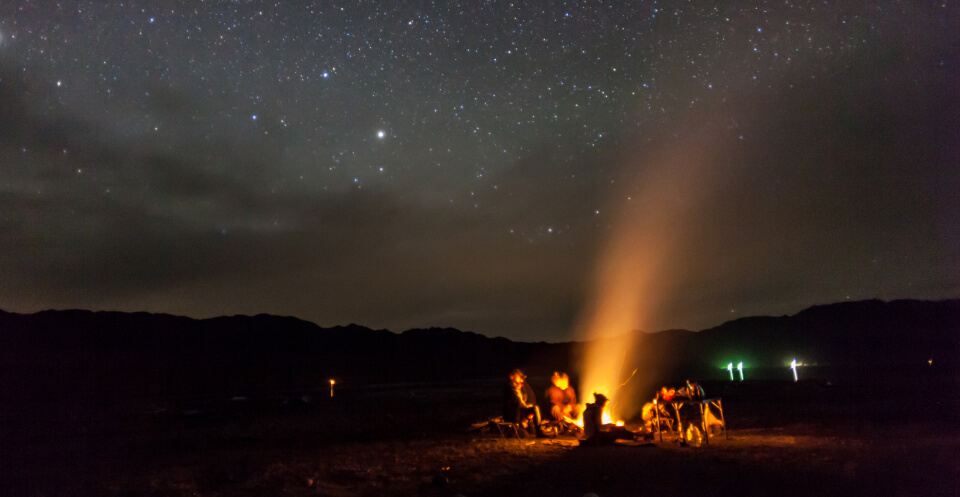
Public Safety Measures
Campfire Safety
- Properly extinguishing campfires: Always ensure campfires are fully extinguished before leaving the area. Use water and stir the ashes until they are cool to the touch. Repeat this process until no smoke or heat remains.
- Following regulations and guidelines for campfire usage: Familiarize yourself with local regulations and guidelines for campfire usage. Observe any restrictions or bans imposed during periods of high fire danger. Use designated fire pits or fire rings when available and follow any specified rules for campfire safety.
Responsible Disposal of Smoking Materials
- Ensuring cigarettes and matches are fully extinguished: Make sure cigarettes and matches are completely extinguished before discarding them. Use designated ashtrays or containers designed for safe disposal of smoking materials.
- Utilizing designated ashtrays and containers: Take advantage of designated ashtrays and containers provided in public areas or outdoor spaces. If such facilities are not available, carry portable ashtrays to properly contain and extinguish cigarette butts and other smoking materials.
Reporting Suspicious Activities
- Being vigilant and reporting potential arson activities: Stay alert to any suspicious activities, such as people acting suspiciously near vegetation or attempting to start fires deliberately. If you witness any suspicious behavior related to arson, report it immediately to local law enforcement or the fire department.
- Assisting law enforcement in preventing wildfires: Cooperate with law enforcement and fire officials by providing information or testimony if you have witnessed or have relevant information about arson activities. Your assistance can play a crucial role in how to prevent fires in the wild and holding individuals accountable for their actions.
Wildfire Safety Final Thoughts
The prevalence and severity of wildfires demand our utmost attention to fire safety and preparedness. By following the tips provided, you significantly reduce the risk of your property being affected by wildfires. Moreover, you ensure the safety of yourself, your loved ones, and your community. Fire safety and preparedness should be ongoing priorities for homeowners in wildfire-prone areas.
Remember, fire safety is a collective responsibility. Stay informed, stay prepared, and stay vigilant. Regularly review and update your fire safety measures to ensure their effectiveness. By taking proactive steps, you contribute to the resilience of your community and the preservation of our precious natural resources.
Let’s stand united in our commitment to fire safety, preparedness, and spreading awareness. Together, we can make a significant difference in protecting ourselves, our communities, and the environment from the threat of wildfires.
Last modified: January 26, 2024

